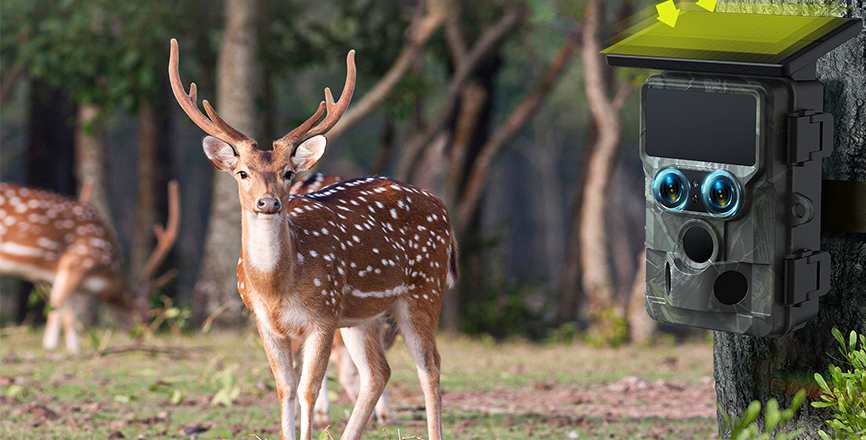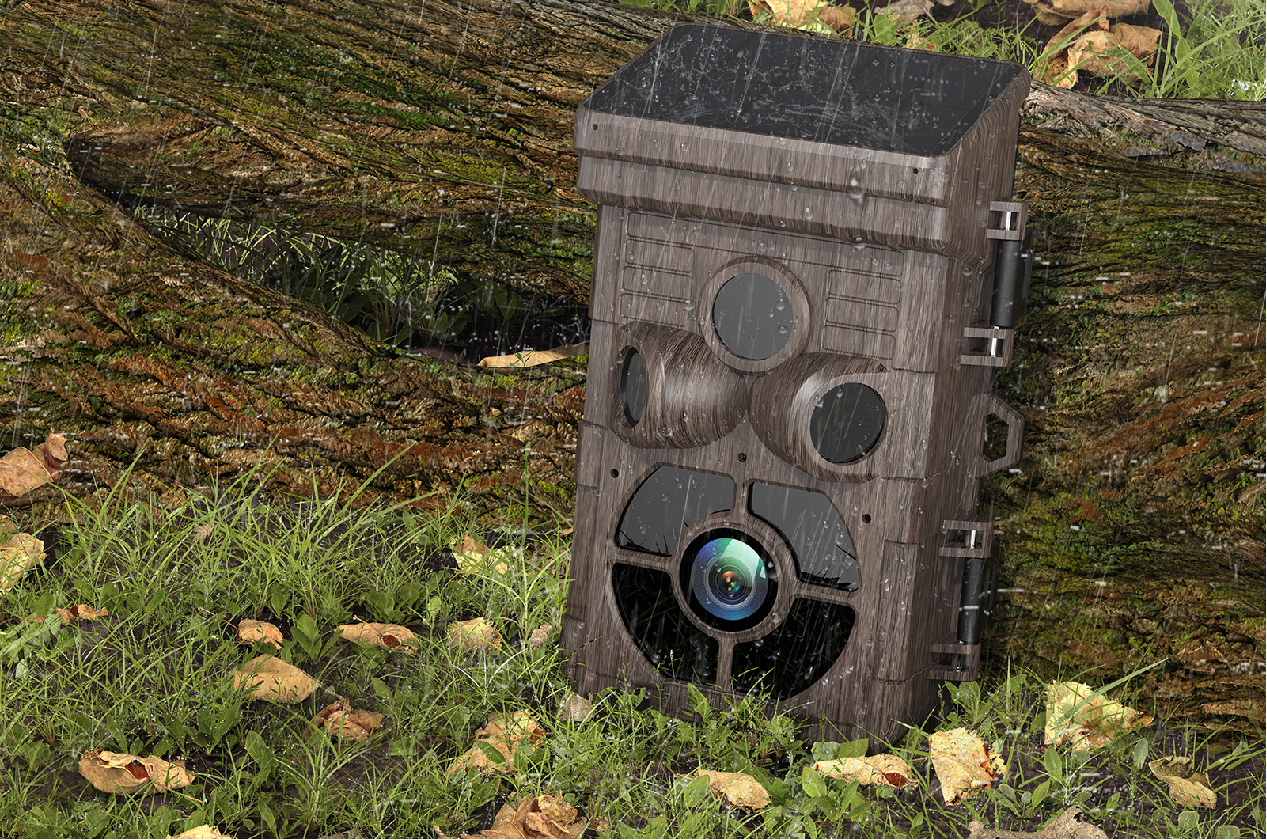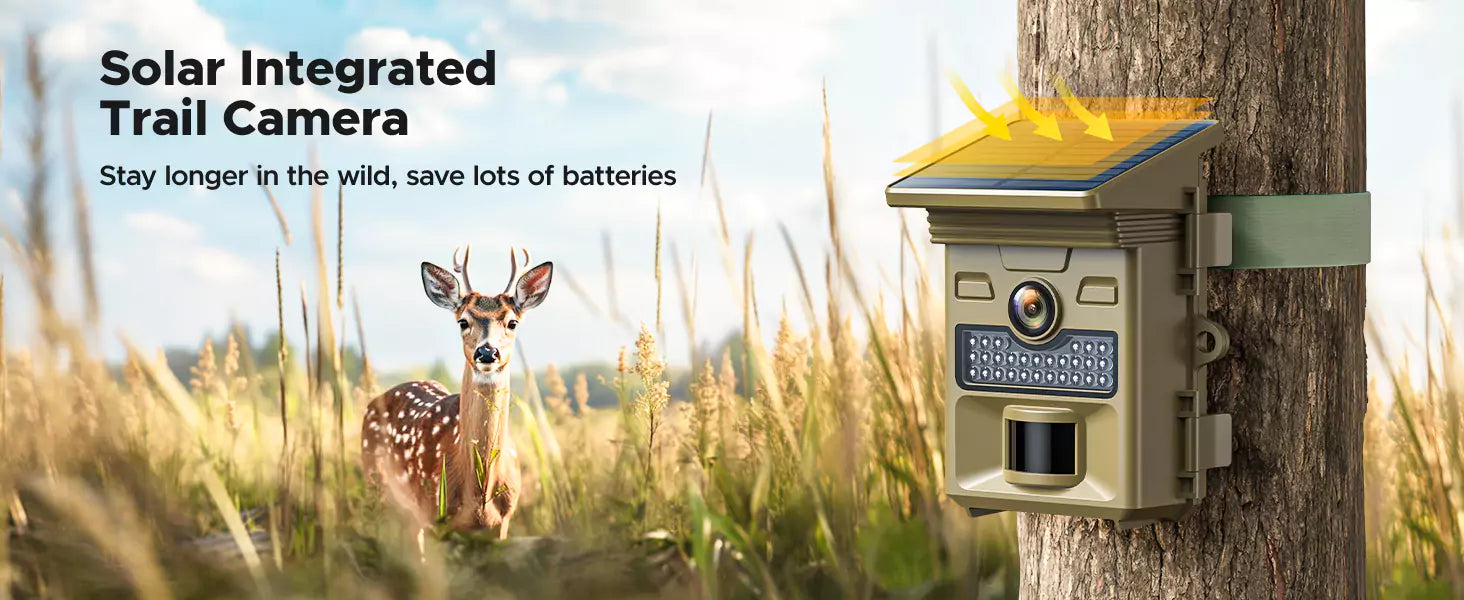Trail cameras, often referred to as game cameras or wildlife cameras, have emerged as essential tools for outdoor enthusiasts, hunters, researchers, and conservationists. These remarkable devices offer a unique glimpse into the secretive lives of wildlife, capturing stunning images and videos in remote locations. If you're new to the world of trail cameras and eager to explore the wilderness through their lens, this extensive guide will equip you with the knowledge and skills to embark on your journey with confidence and enthusiasm.
Understanding Trail Cameras

Trail cameras are rugged, weatherproof devices equipped with motion sensors and built-in cameras. They are designed to be left outdoors for extended periods, capturing photos or videos when triggered by movement. The basic components of a trail camera include the housing, camera lens, motion sensor, infrared or flash system for illumination, control panel, and power source (usually batteries).
Choosing the Right Camera

Selecting the perfect trail camera requires thoughtful consideration of various factors tailored to your specific needs and preferences. Begin by defining your priorities, whether it's capturing high-resolution images, achieving rapid trigger speeds, or maximizing battery life for extended monitoring sessions. Assess your budget constraints and weigh them against the features offered by different camera models. While advanced cameras boast cutting-edge technology and superior performance, entry-level options provide reliable functionality at a more accessible price point. Prioritize essential features such as resolution, trigger speed, detection range, battery life, and storage capacity to ensure your camera aligns with your objectives and expectations. Research different brands and models, read customer reviews, and consult with experienced users to make an informed decision. Remember, the right trail camera can significantly enhance your wildlife observation experience, so invest time and effort in finding the perfect match for your needs.
Selecting Strategic Locations

Identifying optimal locations for your trail camera is essential for maximizing its effectiveness. Consider areas frequented by wildlife, such as game trails, watering holes, feeding areas, or natural funnels. Position the camera to capture the desired field of view while minimizing obstructions and false triggers. Additionally, take into account factors like sunlight direction, wind patterns, and potential background clutter.
Setting Up Your Camera

Proper setup is crucial for ensuring your trail camera operates optimally. Follow the manufacturer's instructions carefully when mounting the camera to a tree, post, or other sturdy structure. Adjust settings such as photo/video resolution, trigger interval, and sensitivity based on the specific wildlife activity and environmental conditions of your chosen location. Test the camera's functionality before leaving it unattended.
Monitoring and Maintenance

Regular monitoring and maintenance are essential for preserving the performance and longevity of your trail camera. Check the camera periodically to ensure it remains operational and has not been tampered with by humans or wildlife. Replace batteries and memory cards as needed, and clean the lens and sensors to prevent dirt and moisture buildup. Consider using protective cases or camouflage wraps to conceal the camera and protect it from damage or theft.
Reviewing and Analyzing Data

Once you've collected data from your trail camera, take the time to review and analyze the captured images and videos. Identify wildlife species, observe behavior patterns, and note any significant environmental changes or disturbances. Use this valuable information to refine your camera placement and settings for future monitoring sessions. Consider sharing your findings with local wildlife organizations or participating in citizen science projects to contribute to research and conservation efforts.
Respecting Wildlife and Privacy

Responsible trail camera usage entails prioritizing the welfare and privacy of wildlife. Avoid disturbing nesting sites, denying areas, or sensitive habitats, and refrain from baiting or luring animals solely for the purpose of capturing photos. Be mindful of local regulations governing wildlife observation and photography, and always obtain permission from landowners before deploying trail cameras on private property. Respect the natural behaviors and boundaries of wildlife to minimize stress and disturbance.




Leave a comment
This site is protected by hCaptcha and the hCaptcha Privacy Policy and Terms of Service apply.